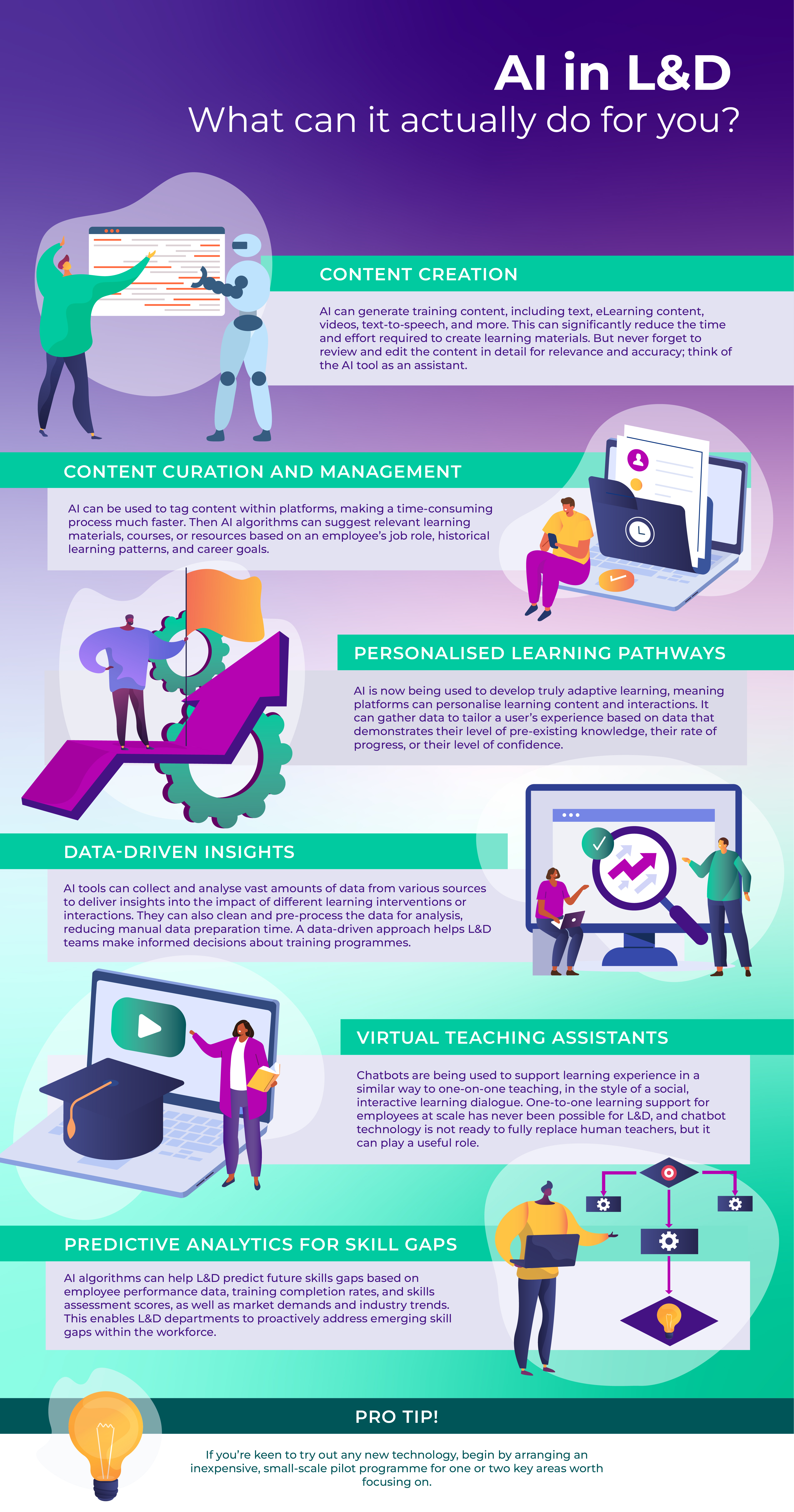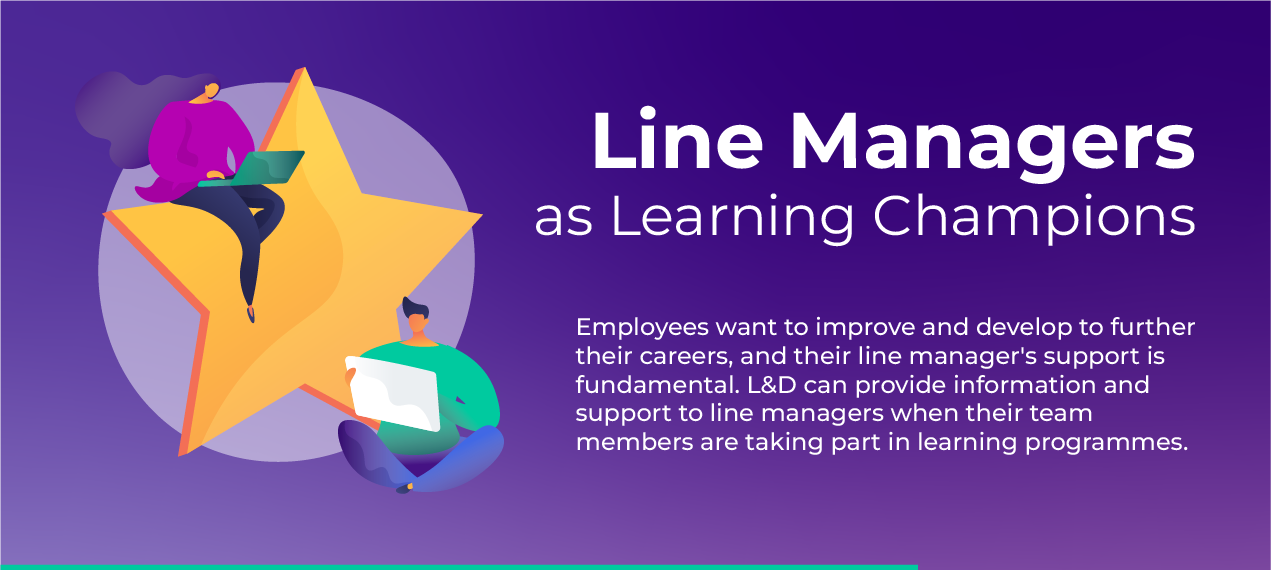Currently, my computer monitor is teetering upon a very large blue manual called ‘Configuring, Managing, and Maintaining Windows Server, 2008-based Servers - Volume 1’ and I feel sorry for whoever had to read it. It reminds me of the many course books I encountered over the years; the expensive and heavy books full of black and white text that I had to beg, borrow and buy to unleash the knowledge within them. I would then set about sifting through the text and writing reams of notecards with different diagrams and colours to try and create more interesting information that would stick in my brain. Hours could be spent redesigning the information before my learning could begin.
The impact of video in learning
Learning strategies that focused around text rarely worked for me as I have always responded better to visual elements (my background is art and design) - needing to see and submerge myself in the experience. For me reading the textbook was never as memorable as watching the documentary on a topic. Even in the workplace, classroom training featuring endless white powerpoint slides or the early elearning days of ‘click next’ courses (read: ‘I’m an adult - get me out of this elearning!’) would lose its imprint on me over time. I prefer a much more ‘show and tell’ (and then do) approach.
This isn’t unusual, as research does show that humans respond much better to interactive and visual stimuli than text alone. Apparently our brains can process images 60,000 faster than text, and a team of neuroscientists from MIT found that we can actually process entire images seen for as little as 13 milliseconds. There is plenty of science when it comes to learning.
The human brain absorbs 50% more information through moving pictures and sound than the
next best medium. - Forrester Research
When the elements of sound, image and text are combined to make a video (videos being 24 images each second), it can create a highly impactful multi-sensory experience that we remember more vividly.
That’s not to say we should have a mass burning of all course books or handbooks, but when it comes to learning unfamiliar topics or instructions, watching a video can be much more conducive to our understanding. Not to mention videos can be edited and updated more readily than their paper counterparts.
‘No longer will employees need to gather en masse to watch 20 year-old training videos in a conference room. They can just watch a video on whatever device they prefer’.
- Teach Millenials with Video, Forbes
Today there are online video tutorials for everything - having recently moved house I was overjoyed that much of the flat-pack furniture and household appliances came with links to video tutorials. No more deciphering tiny diagrams and incoherent text, I could watch and learn on my phone, and then do. This type of video online is increasing by the second, with a search for ‘how-to’ videos on YouTube bringing up over 200 million results and a search for ‘tutorial’ showing over 100 million videos.
If videos can help us learn more quickly and effectively than text alone, then they are a useful tool in corporate training to teach, train, and educate employees outside of a classroom. A well-crafted, interactive elearning video can hook a learner quickly and use that attention to deliver an experience that lasts.
Employees are 75% more likely to watch a video than to read documents or online articles
Particularly, explainer videos that combine audio and visual elements to describe a specific learning objective in a simple and understandable way create much more learner engagement. Videos are an integral part of modern learning strategies as they can be revisited and delivered in bite-sized chunks on multi-devices. Using video content with methods such as spaced-repetition and microlearning can ensure knowledge is retained over time.
This is further facilitated when video-based learning is combined with a learning experience platform that is designed to create a holistic and immersive learning experience.
Often studying, training, and expanding skills was rarely an enjoyable experience. Whereas today, and particularly thanks to learning technology, training is becoming much more enjoyable, and dare I say it... fun!
Watch, learn, and now laugh: How video arts has made learning hilarious
Learning is a serious business, right? Think back to any learning you have ever done - at school, university, work, or even at a night class. Think of the books, the powerpoints, and even the SCORM courses in your Learning Management System. How often did/do you laugh for learning, rather than in spite of it? I know from my previous life as a teacher that laughter has never been encouraged.
But, what if laughter could be used to make more memorable learning experiences?
Video Arts – and now for something completely different!
Humorous learning was the idea that John Cleese and Sir Antony Jay had more than 40 years ago when they founded Video Arts. They saw a need to offer an alternative to dry and formal classroom learning and decided to use their considerable experience in entertainment to teach through video-based storytelling.
Video Arts combines the three elements of humour, high-quality video production, and well-known actors (like Robert Webb, Helen Baxendale, Tom Bennett and Olivia Colman), to bring engaging learning in a cost-effective and time-efficient manner. The experience is not only engaging but the learning outcome much more memorable.
‘To learn, you must be interested; to be interested; you must be engaged emotionally. We believe in the power of humour to help people learn’.
Using scenarios like Good Manager vs Bad Manager, and top compliance tips like 'being alive is a dangerous business, the universe wants you dead' - learners are hilariously guided through the crucial skills needed to succeed and survive in the workplace.
See for yourself in this Video Arts showreel:
The Video Arts courses are part of our off the shelf content collection and can be added to your current learning platform. This video elearning library covers all areas of business from leadership to compliance training, with more than 300 titles. Whether you are trying to convey complex messages, change behaviour or onboard new team members, Video Arts gets the message across in a way learners won’t forget.
"A brilliantly entertaining and effective learning library." - Steve Martin, CEO, Influence at Work
"Credible, useful and entertaining all at once."
- Training and Coaching Today
Bringing video-based learning to your organisation
At Logicearth we know the benefits of videos for digital learning strategies, and every day our instructional designers and digital designers are creating interactive videos that inform, engage and develop learners.
If you would like to introduce digital learning videos to your organisation, talk to us today. Find out more about content development services, learning platforms, and a whole world of blended learning solutions for your organisation.











Was this article helpful?